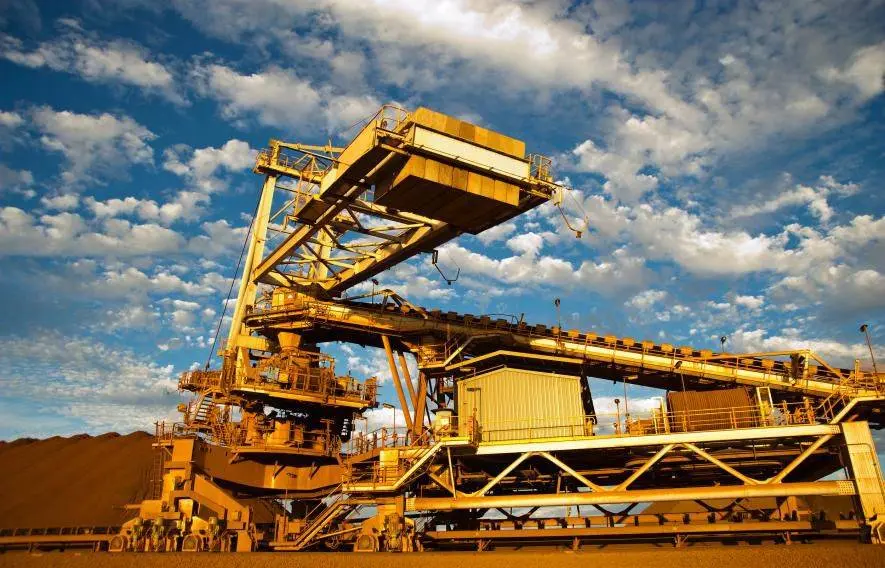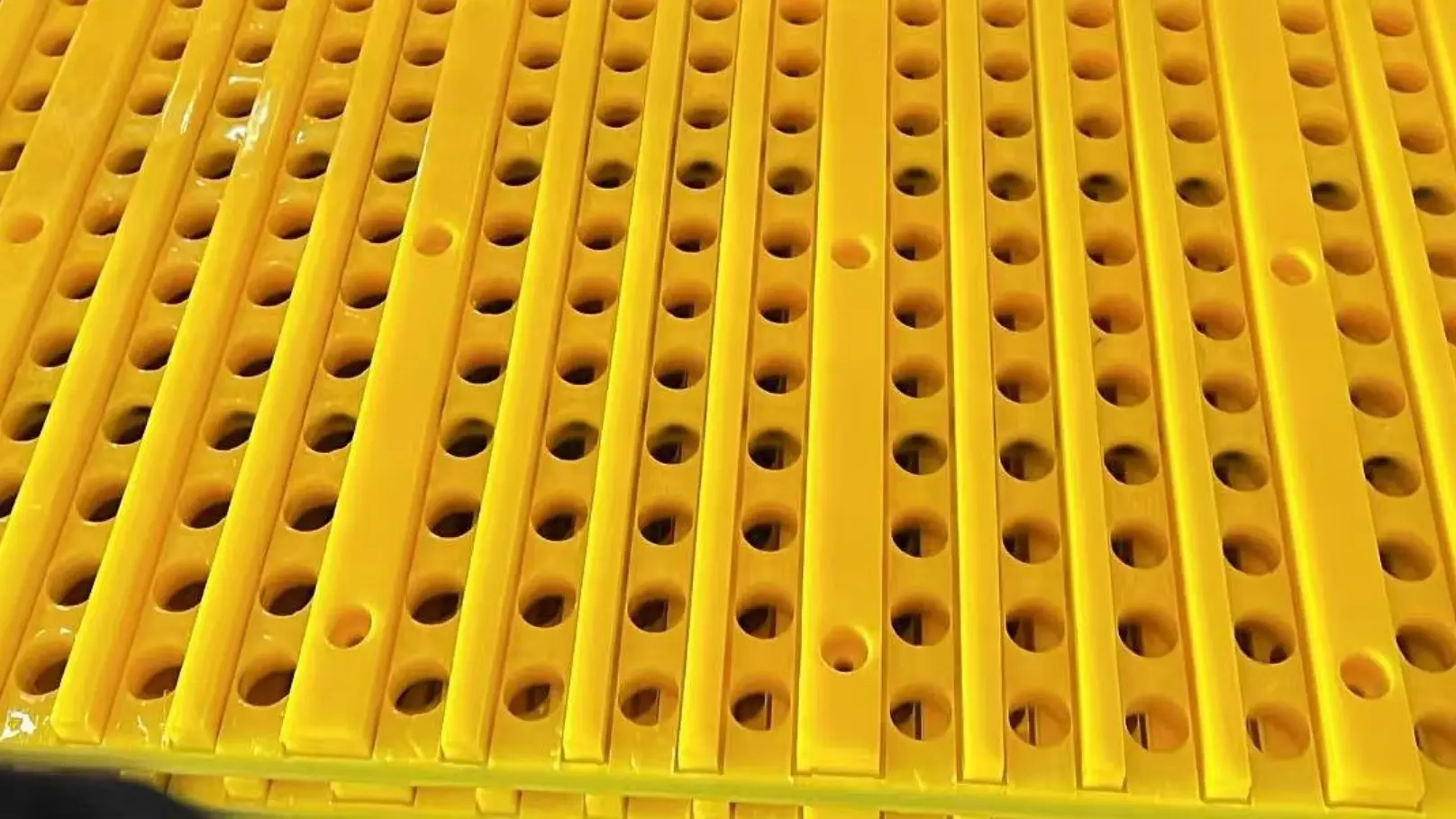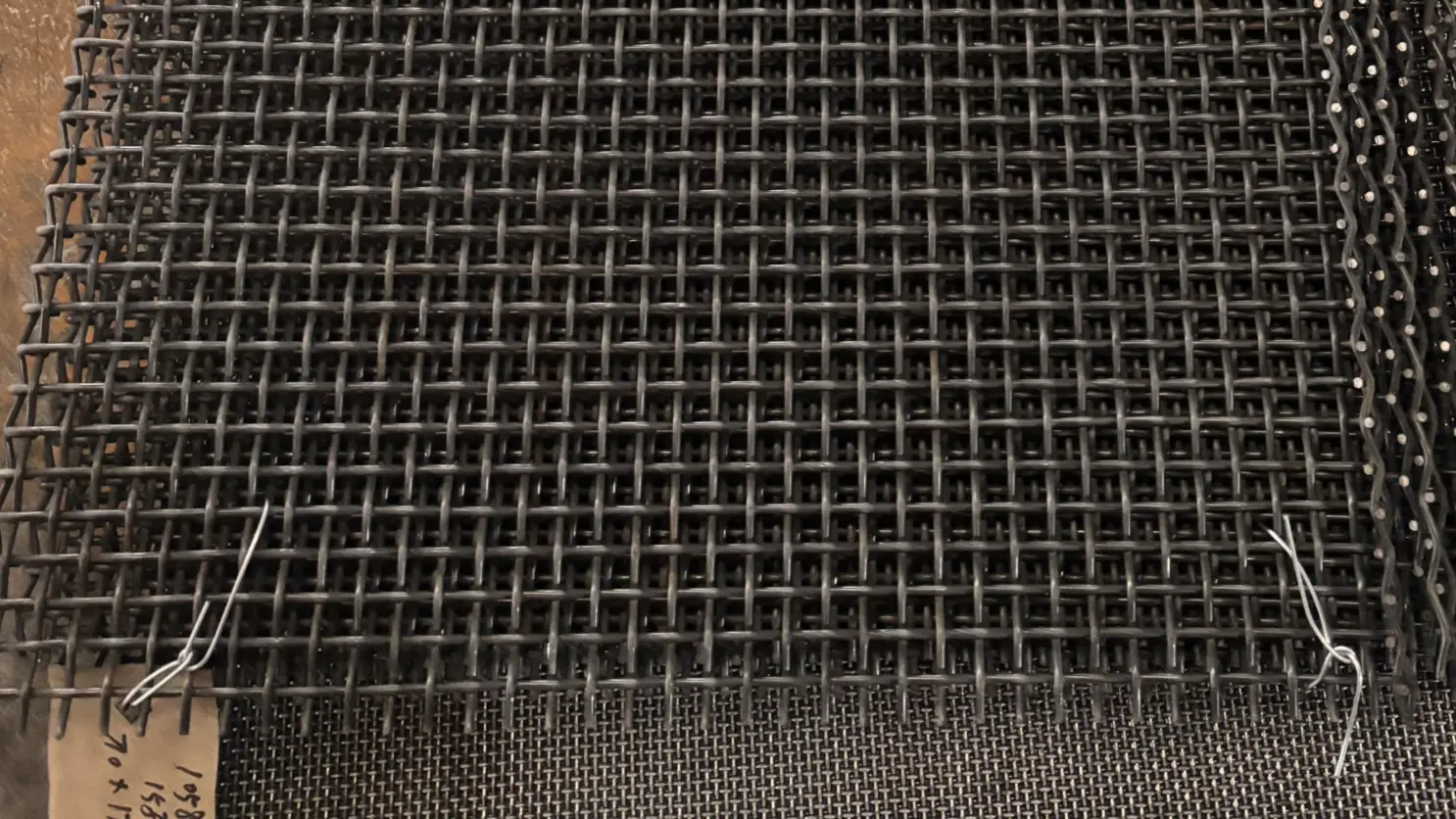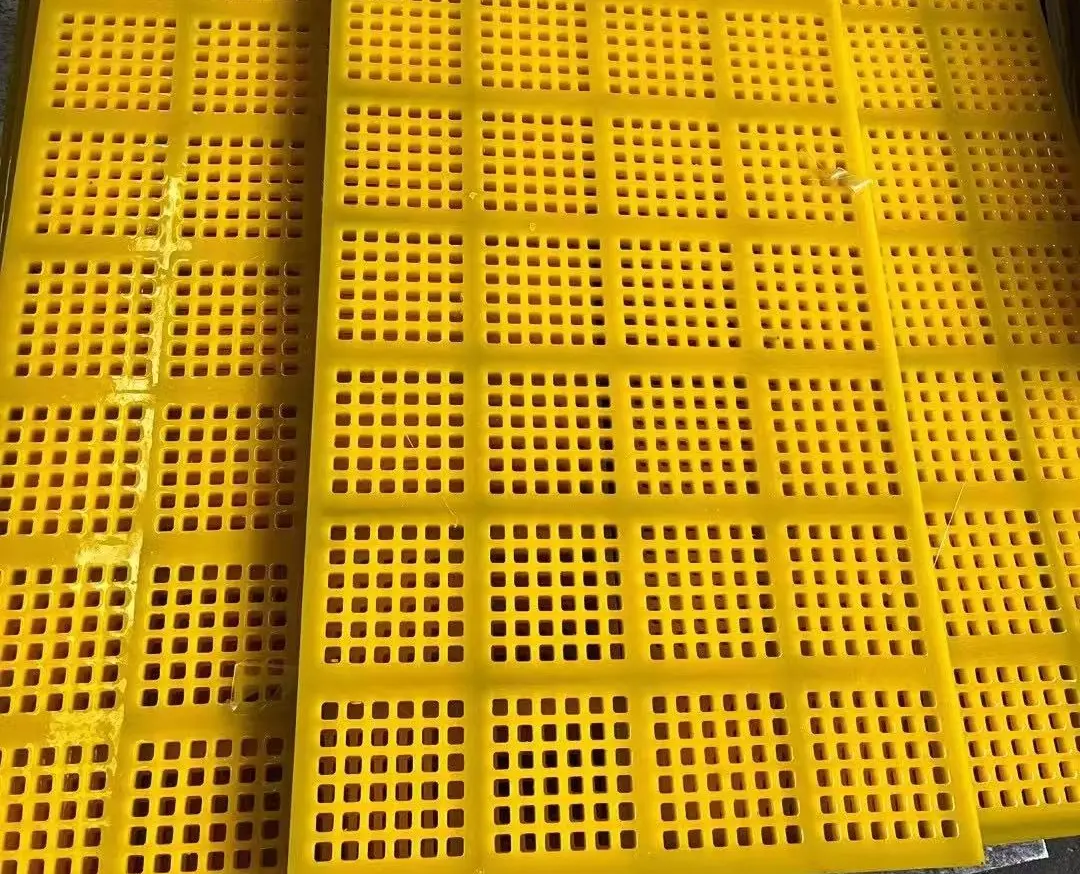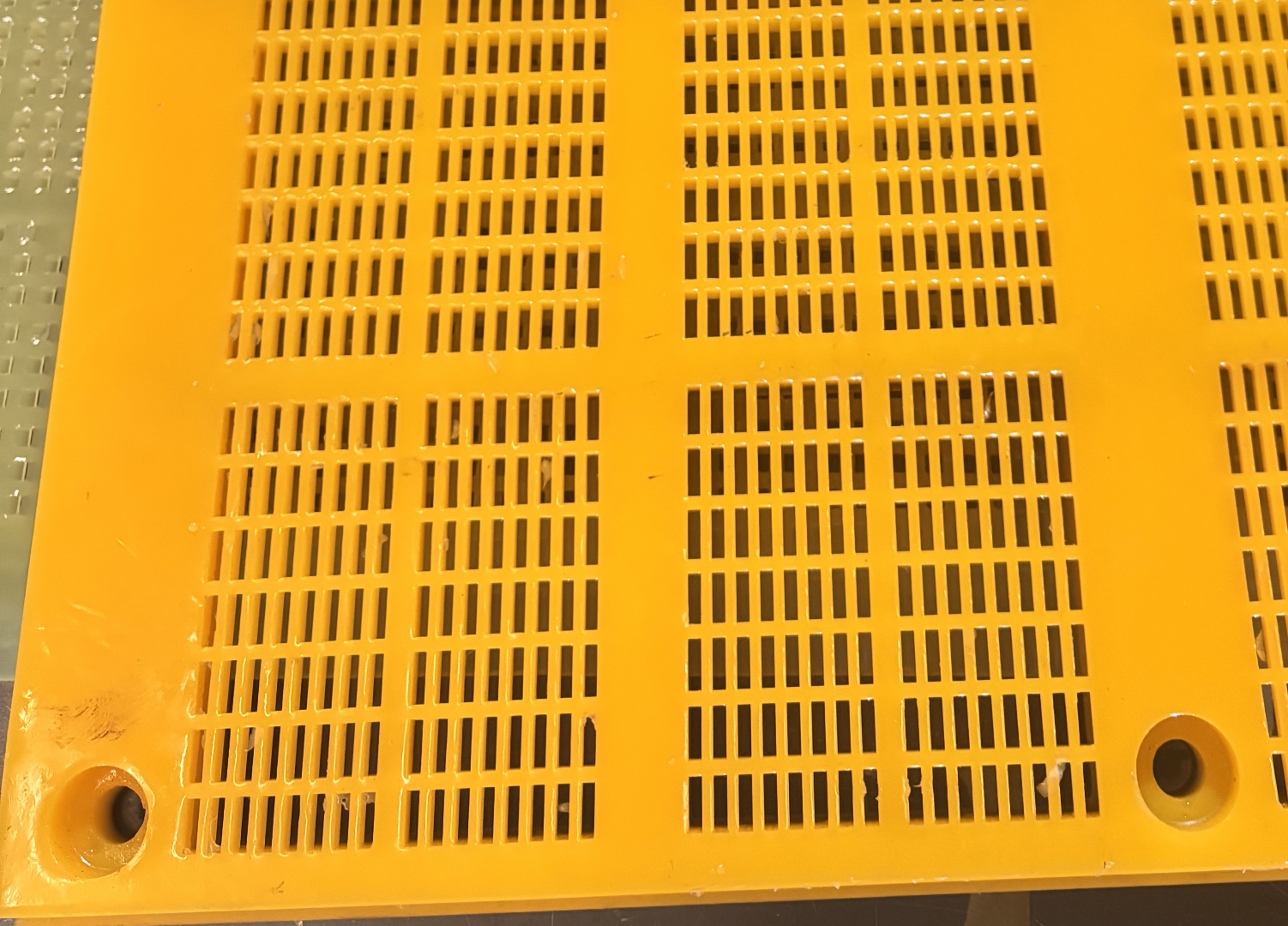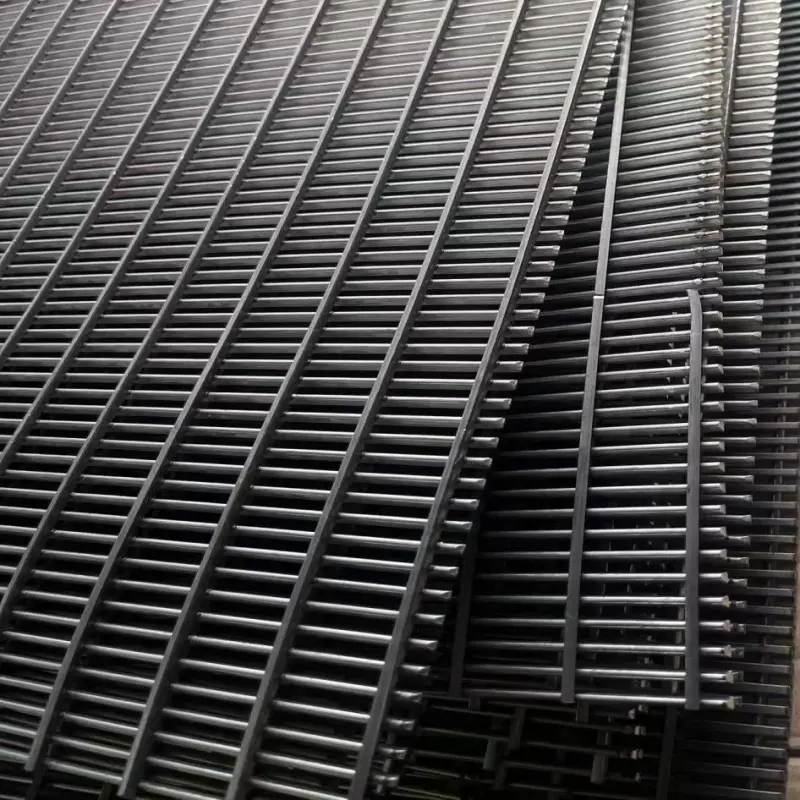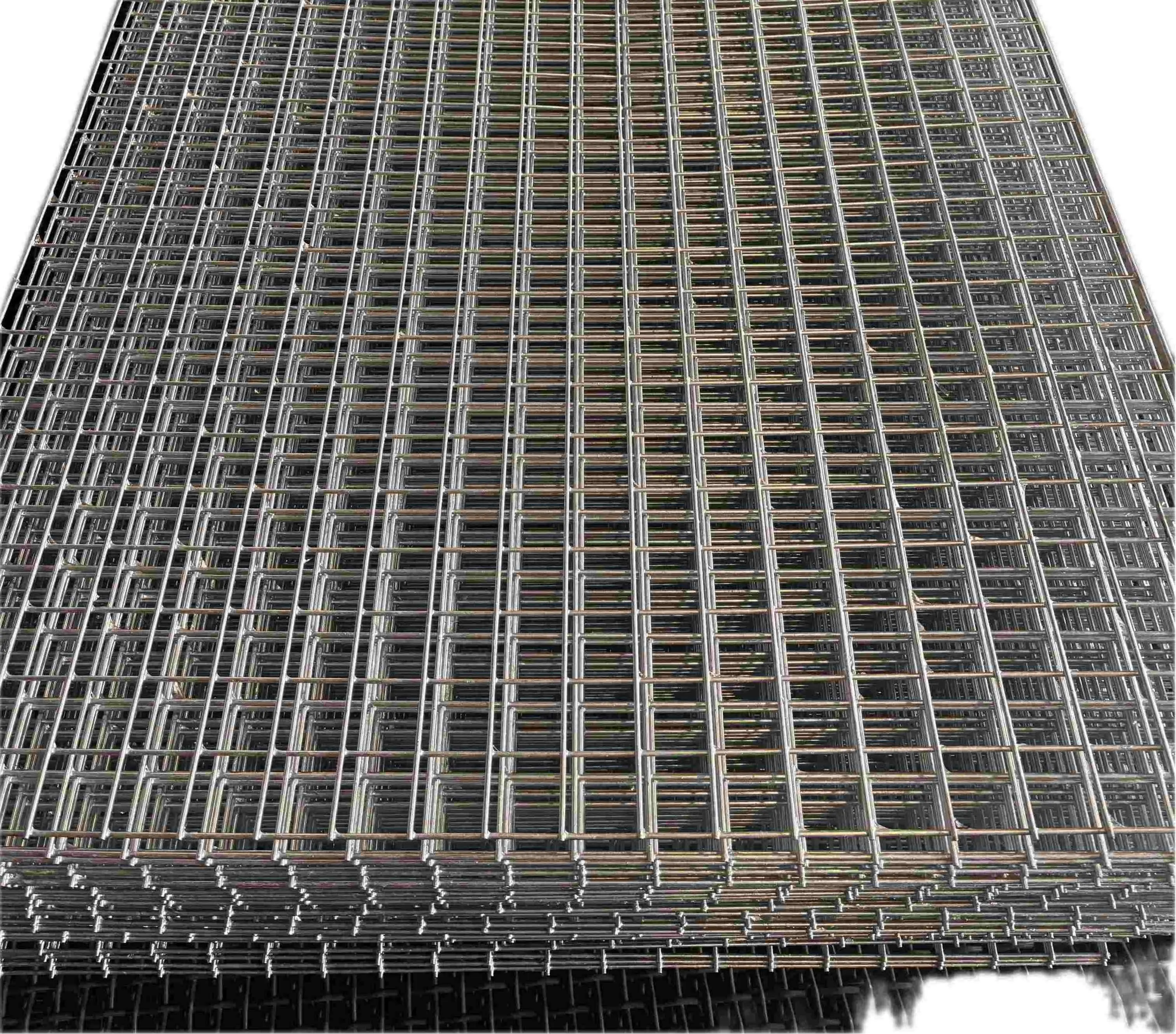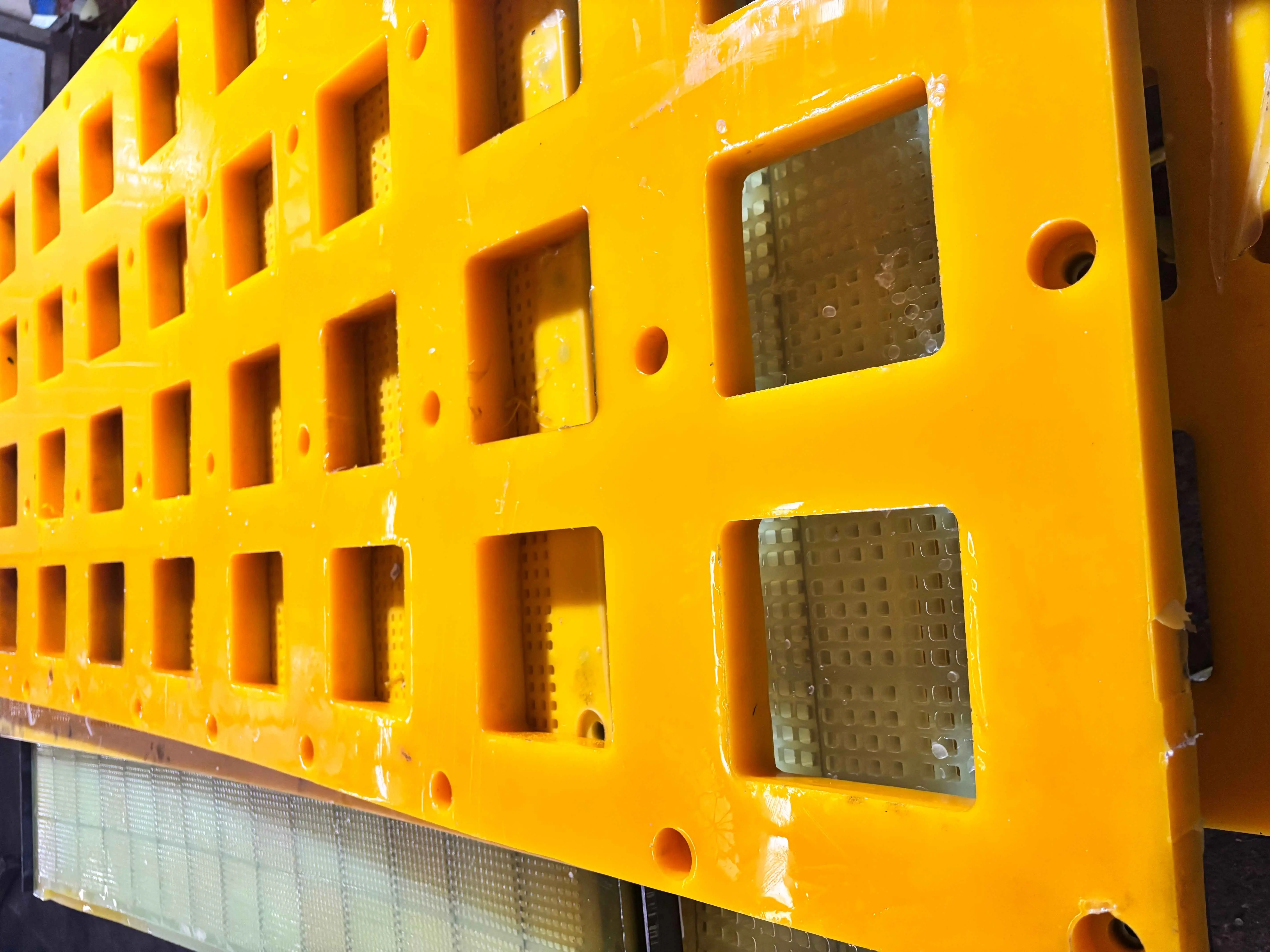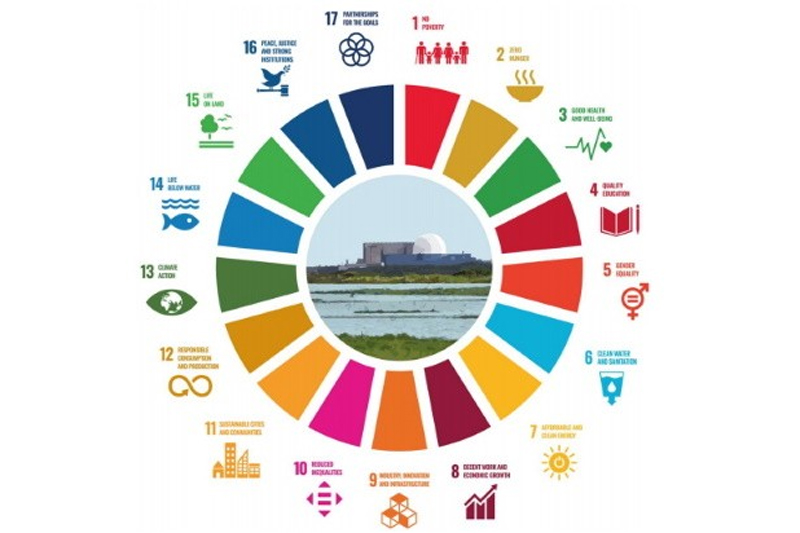Cost comparison of polyurethane screen and rubber screen in iron ore screening
In iron ore screening, the selection of screen plays a key role in screening efficiency and cost control. Polyurethane screen and rubber screen are two common types. Let's compare their costs in iron ore screening in detail.
From the perspective of procurement cost, the price of polyurethane screen is usually higher than that of rubber screen. In general, the initial investment of polyurethane screen is a certain percentage higher than that of rubber screen. However, procurement cost is only one aspect, and the comprehensive cost in long-term use should be considered.
In terms of service life, polyurethane screen has obvious advantages. Because polyurethane itself has a high elastic modulus, it can absorb impact force with high strength and is very wear-resistant. The tensile strength of polyurethane elastic screen with steel wire rope as the skeleton material is very high, and the bearing capacity is more than 2.5 times that of rubber screen. In the environment of complex working conditions and large material impact force such as iron ore screening, rubber screen wears quickly and needs to be replaced frequently. With its excellent wear resistance, the service life of polyurethane screen can reach several times that of rubber screen. For example, an iron ore mine used rubber screens before, which needed to be replaced several times a month; after replacing with polyurethane screens, they only needed to be replaced 1-2 times a year, and the equipment downtime was greatly reduced.
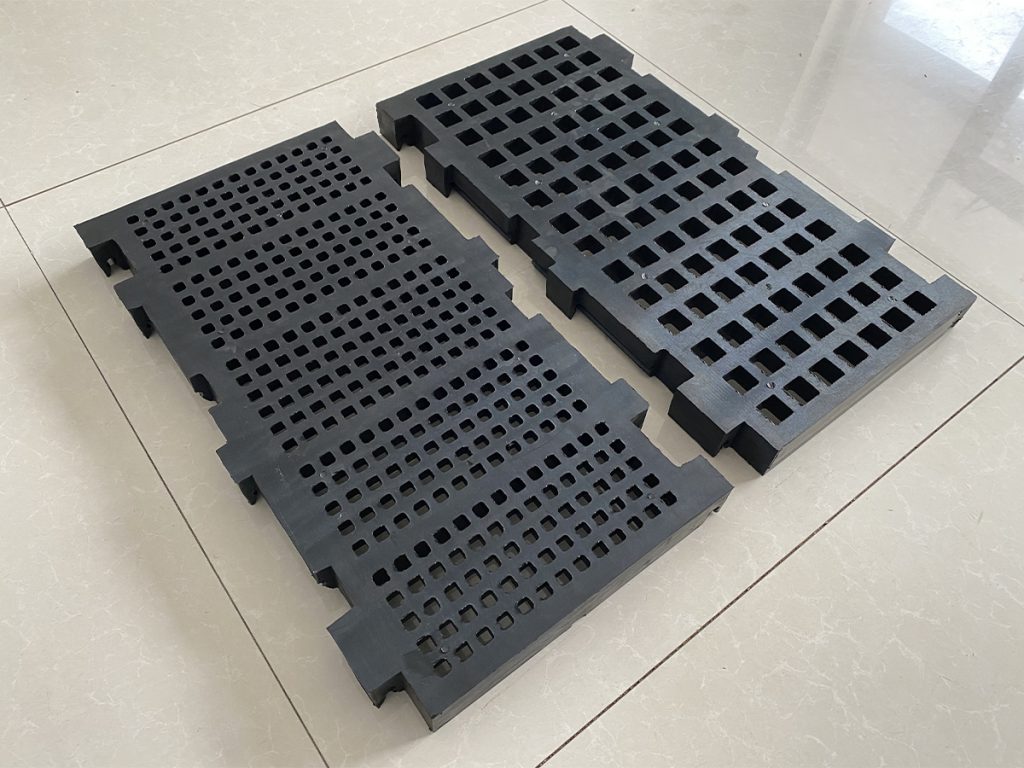
In terms of maintenance costs, rubber screens are easy to damage and have a high maintenance frequency, involving labor and material costs. However, polyurethane screens have a long service life, good stability, and few maintenance times, which greatly reduces maintenance costs. According to a survey, each ton of polyurethane rubber screen plate can save more than 40,000 yuan in maintenance costs.
Screening efficiency will also affect costs. The unique self-cleaning performance and large cone angle sieve hole design of polyurethane screens can effectively solve the problem of hole blocking and increase the screening capacity. After using polyurethane screens, the screening capacity of iron ore has been greatly improved, which is about 40%-60% higher than that of rubber screens. Higher screening efficiency means that more ore can be processed per unit time, and the equipment operating cost and labor cost per ton of ore are reduced.
Looking at the energy consumption cost, polyurethane screens have low density and light weight. Compared with rubber screens, they can reduce the load of the screen machine, thereby saving electricity consumption. For example, after a certain iron mine used polyurethane screens, the energy consumption of the screen machine dropped significantly. In the long run, the electricity cost saved is considerable.
Taking all factors into consideration, although the purchase cost of polyurethane screens is relatively high, they have significant advantages in terms of service life, maintenance cost, screening efficiency and energy cost. In iron ore screening, the overall cost of using polyurethane screens is often lower than that of rubber screens, which can bring better economic benefits to enterprises.
 No. 14, Building 2, No. 367 Beijing Road, Chengdu Economic and Technological Development Zone (Longquanyi District)
No. 14, Building 2, No. 367 Beijing Road, Chengdu Economic and Technological Development Zone (Longquanyi District)


